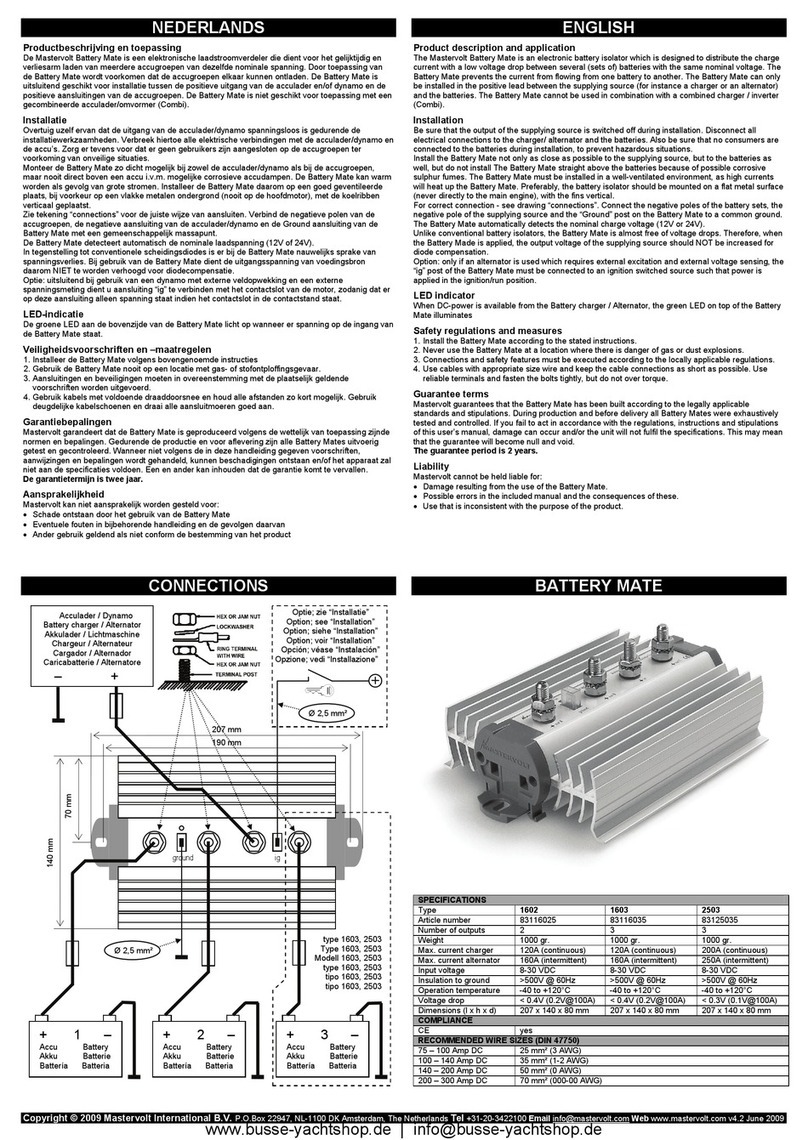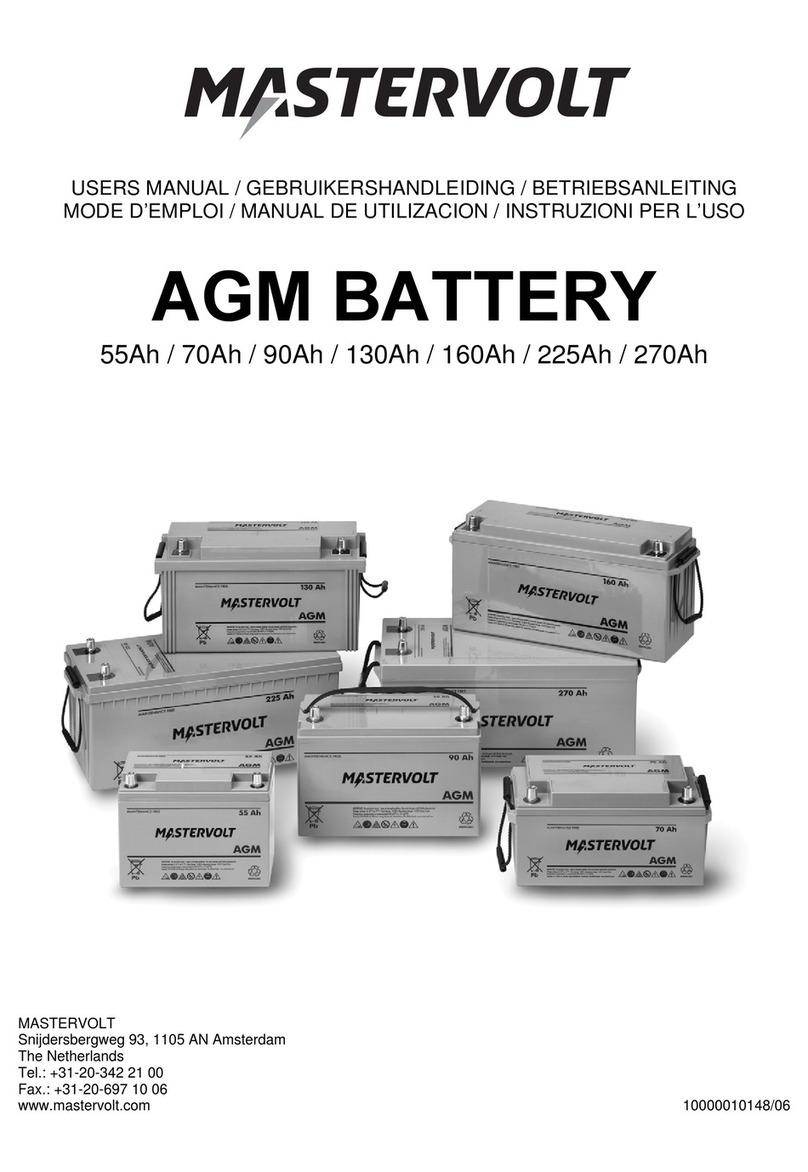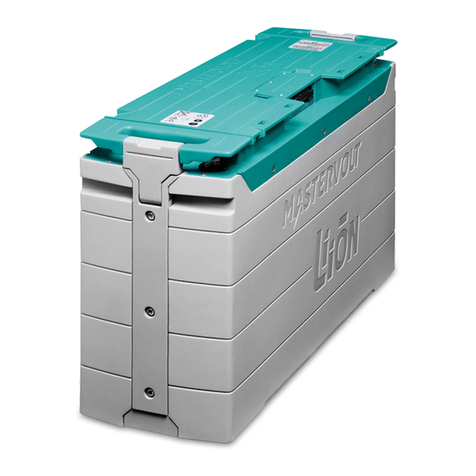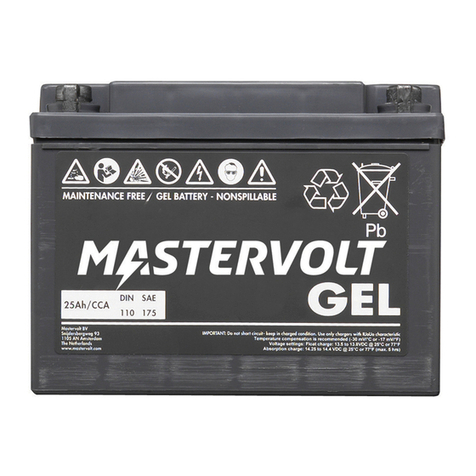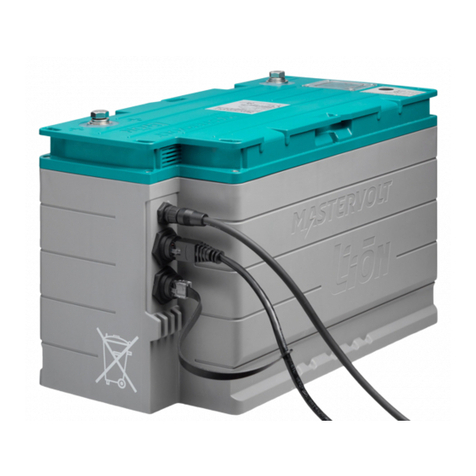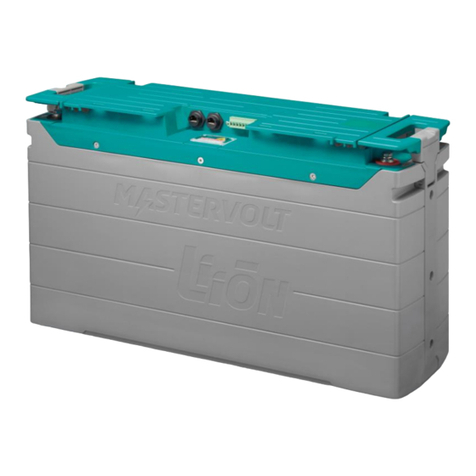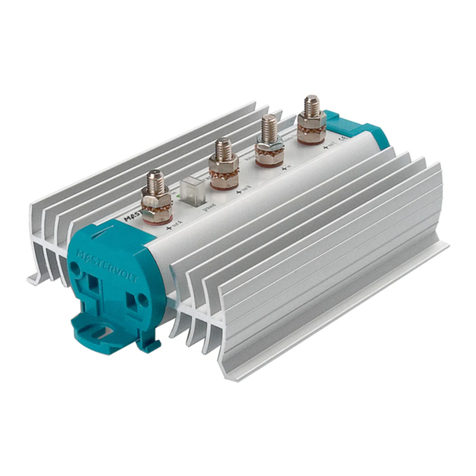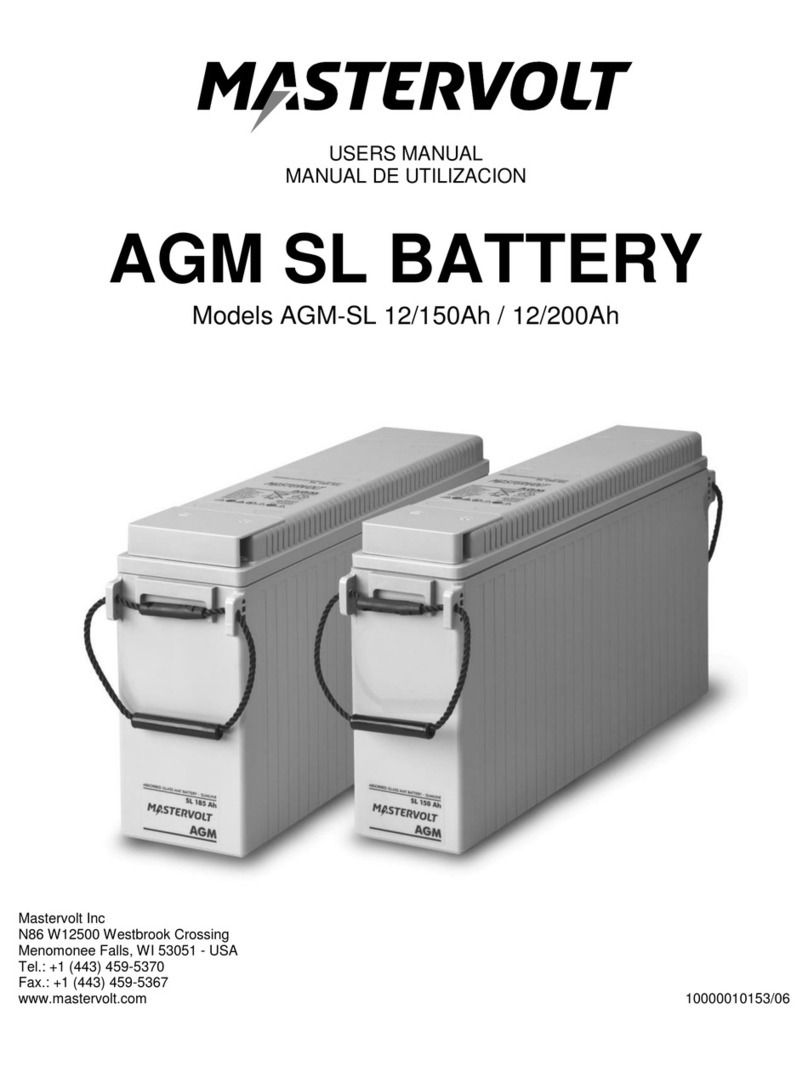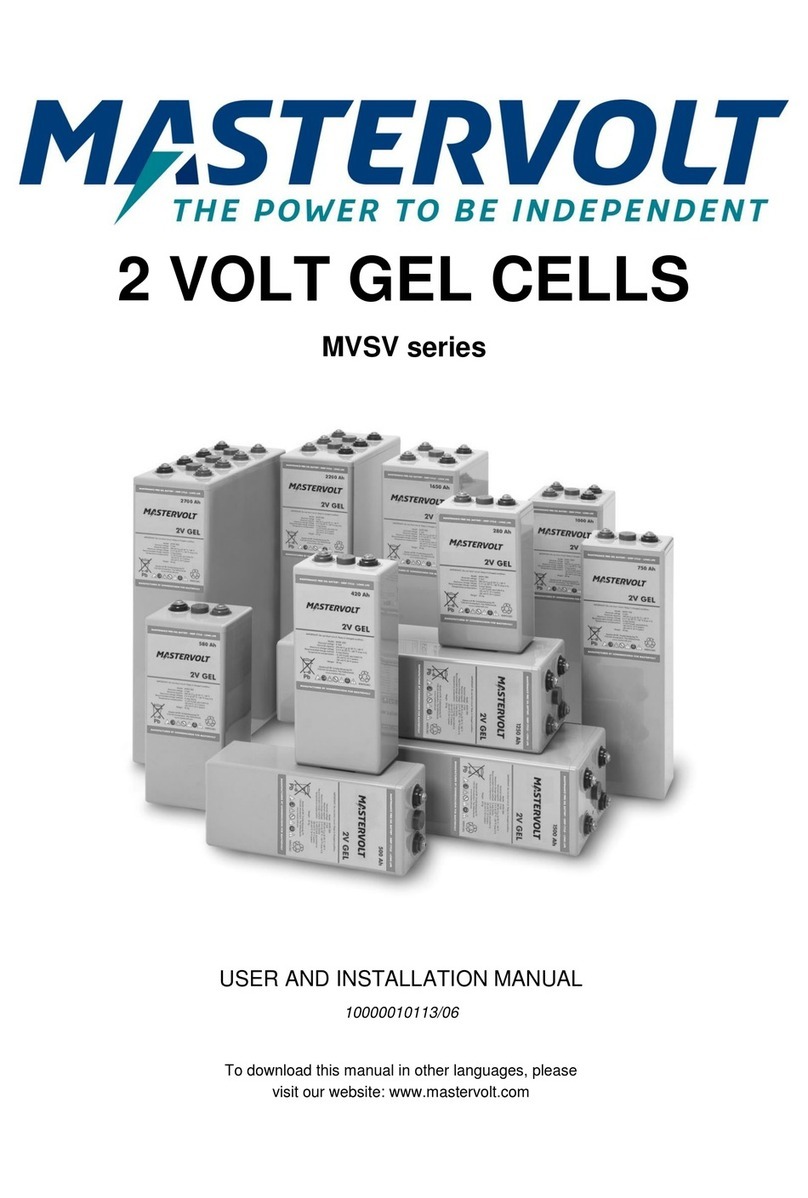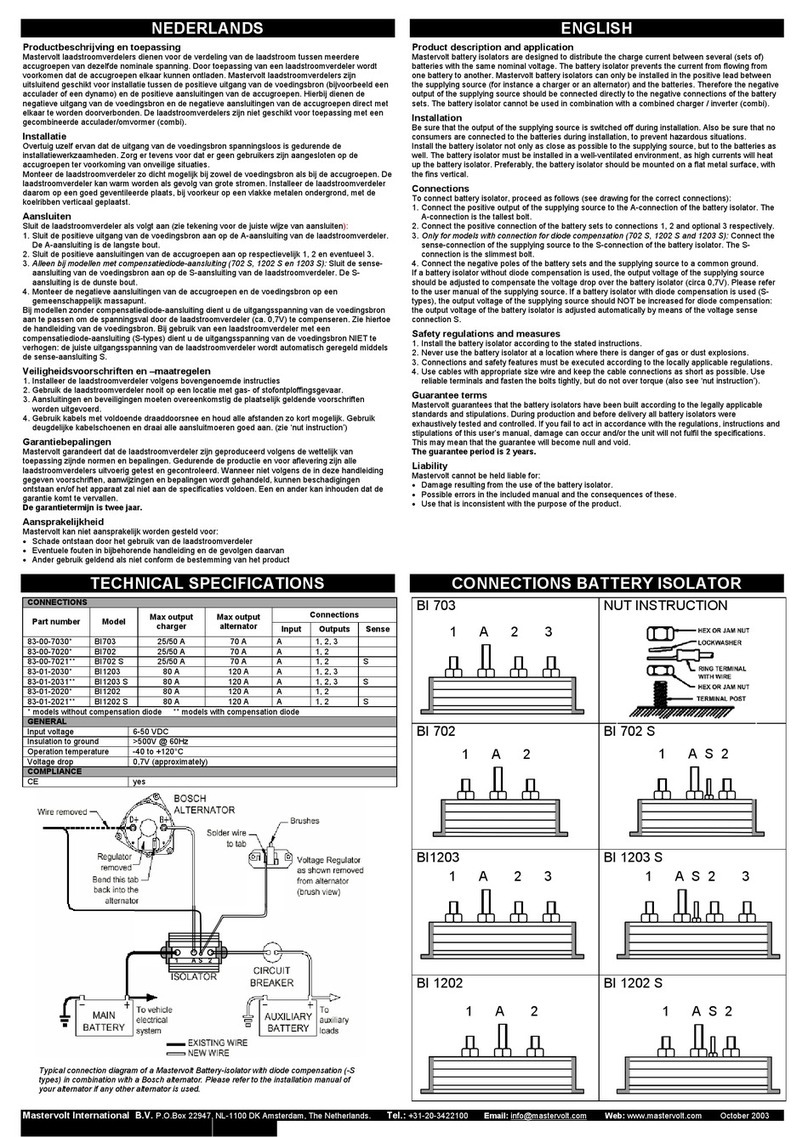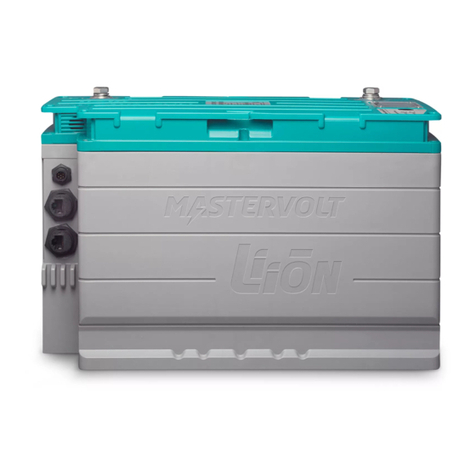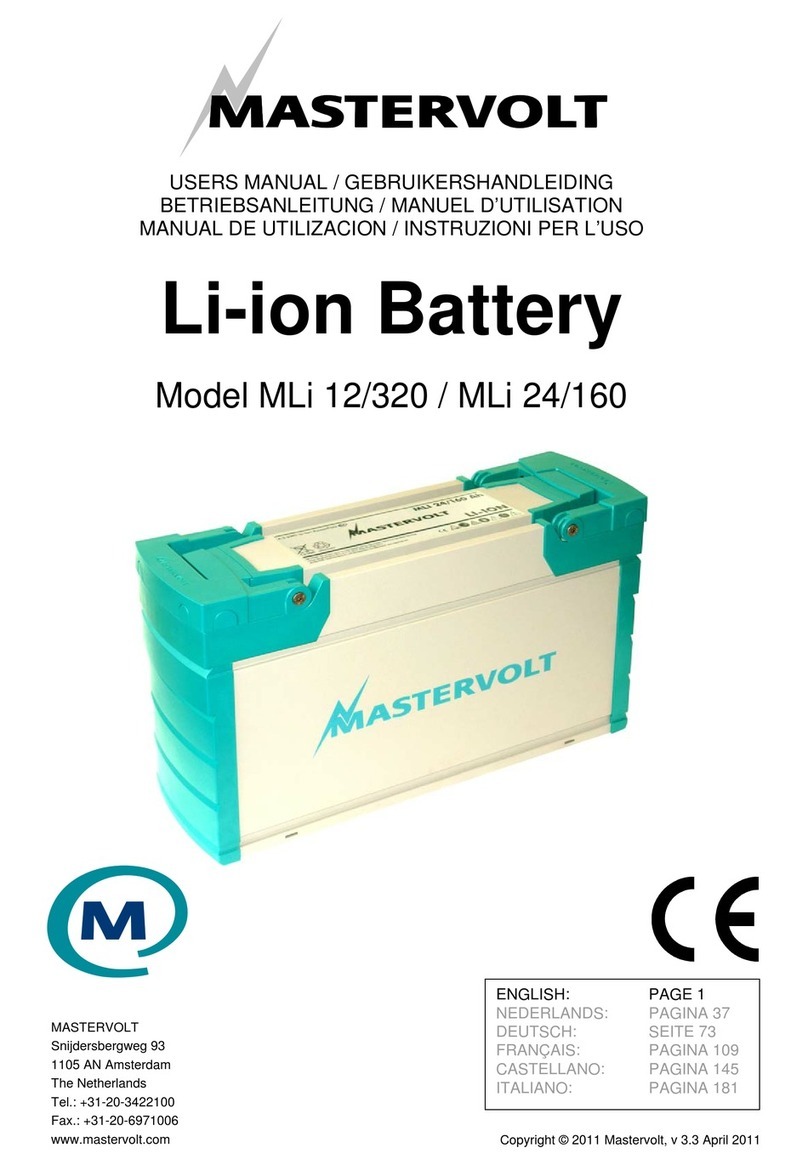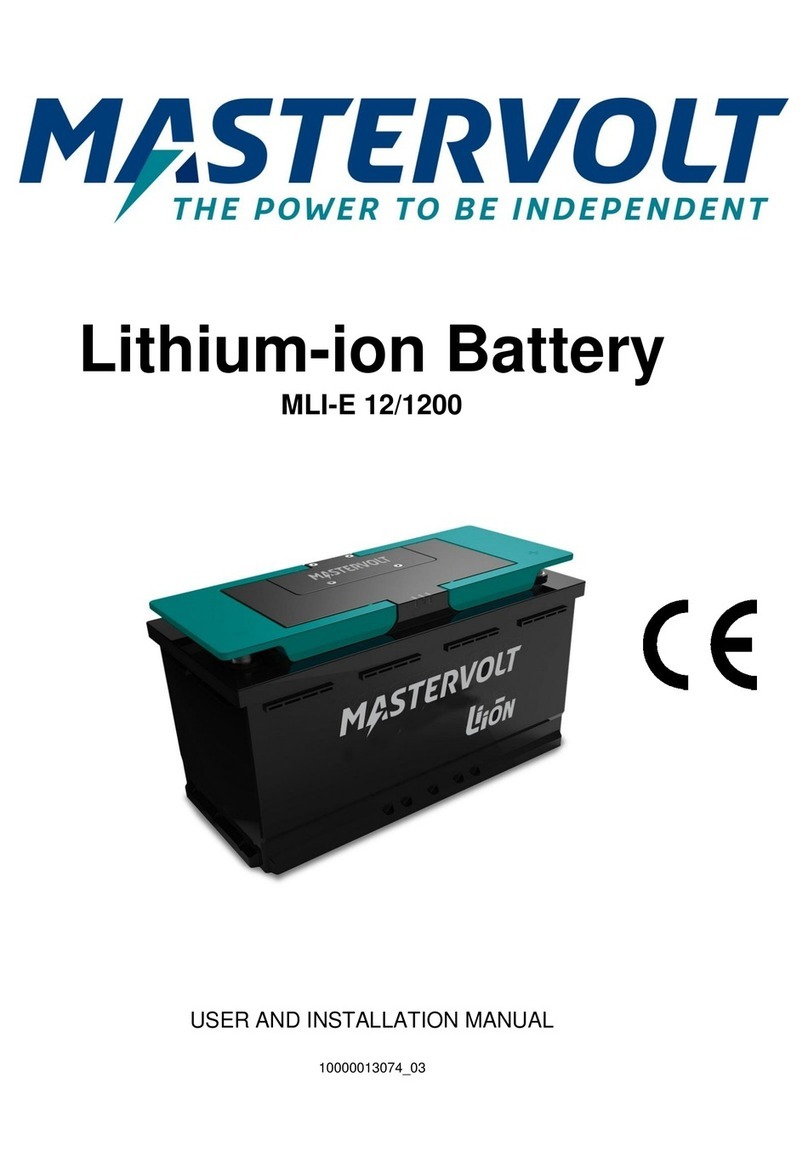TABLE OF CONTENTS
EN / Lithium-ion Battery MLI-E / 10000013074_01 3
TABLE OF CONTENTS
DELIVERY CONTENTS.............................................................................................................................................................. 2
TABLE OF CONTENTS.............................................................................................................................................................. 3
1SAFETY GUIDELINES AND MEASURES ...................................................................................................................... 4
1.1 General rules......................................................................................................................................................4
1.2 Transportation warnings.....................................................................................................................................4
1.3 Disposal of li-ion batteries .................................................................................................................................. 4
2GENERAL INFORMATION.............................................................................................................................................. 5
2.1 Use of this manual.............................................................................................................................................. 5
2.2 Use of pictograms ..............................................................................................................................................5
2.3 Validity of this manual ........................................................................................................................................ 5
2.4 Warranty specifications ......................................................................................................................................5
2.5 Liability ............................................................................................................................................................... 5
2.6 Identification label...............................................................................................................................................5
2.7 Use for intended purpose................................................................................................................................... 6
2.8 Organizational measures ................................................................................................................................... 6
2.9 Maintenance and repair...................................................................................................................................... 6
2.10 General safety and installation precautions........................................................................................................6
2.11 Warning regarding life support applications .......................................................................................................6
3OPERATION.................................................................................................................................................................... 7
3.1 Charging and discharging ..................................................................................................................................7
3.2 Cell management system...................................................................................................................................7
3.3 Safety features...................................................................................................................................................7
3.4 MasterBus functionality...................................................................................................................................... 7
3.5 LED indicators...................................................................................................................................................8
3.6 Operation modes................................................................................................................................................8
3.7 Connections and battery controls.......................................................................................................................8
4INSTALLATION............................................................................................................................................................... 9
4.1 Unpacking .......................................................................................................................................................... 9
4.2 Required tools:...................................................................................................................................................9
4.3 Location to install................................................................................................................................................ 9
4.4 General installation guidelines............................................................................................................................9
4.5 Connecting power cables with automotive type terminals..................................................................................9
4.6 Connecting shrink fit type of power cables....................................................................................................... 10
4.7 Connecting power cables with automotive type terminals and placing protective caps.................................... 11
4.8 Set battery in normal operation mode .............................................................................................................. 12
4.9 Charger settings............................................................................................................................................... 12
4.10 Fuse to cable size ............................................................................................................................................ 12
4.11 Battery balancing.............................................................................................................................................. 12
4.12 Battery History Recording ................................................................................................................................ 12
5COMMISSIONING.......................................................................................................................................................... 13
6COMMUNICATION........................................................................................................................................................ 14
6.1 Basic NMEA Components and how to use them............................................................................................. 14
6.2 What is MasterBus?......................................................................................................................................... 16
6.3 How to set up a MasterBus network................................................................................................................. 16
6.4 Monitoring and Configuration of the Li-ion battery............................................................................................ 17
7TROUBLE SHOOTING.................................................................................................................................................. 18
8MAINTENANCE, DECOMMISSIONING AND STORAGE............................................................................................. 19
8.1 Maintenance..................................................................................................................................................... 19
8.2 Taking out of operation..................................................................................................................................... 19
8.3 Battery replacement......................................................................................................................................... 19
8.4 Storage............................................................................................................................................................. 19
9ORDERING INFORMATION.......................................................................................................................................... 20
10 TECHNICAL INFORMATION ........................................................................................................................................ 21
10.1 Specifications................................................................................................................................................... 21
10.2 Dimensions....................................................................................................................................................... 22
